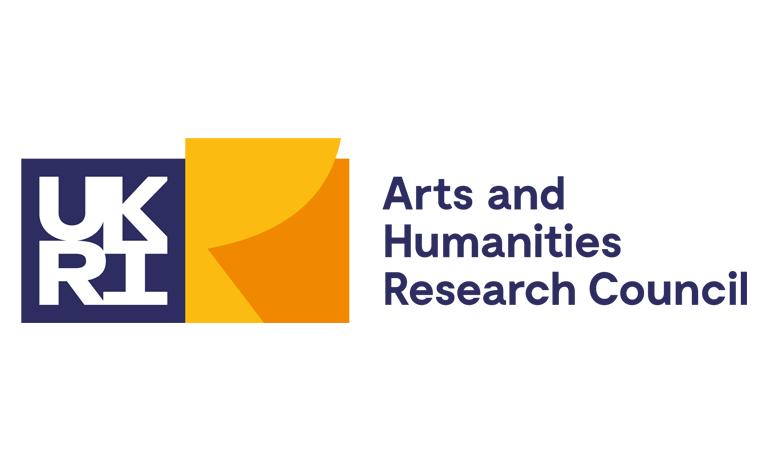
InVisible Difference: Dance, Disability and Law
Funder
AHRC
Research Grant (Standard route)
Total value of project
£472,270
Project team
Professor Sarah Whatley, Dr Karen Wood, Dr Kate Marsh, Professor Charlotte Waelde

Collaborators
Mathilde Pavis (Exeter University), Hannah Donaldson (Stirling University), Caroline Bowditch (Freelance Dance Artist/Choreographer and Visiting Professor in C-DaRE), Professor Abbie Brown (University of Aberdeen) and Dr Shawn Harmon (University of Edinburgh).
Duration of project
01/01/2013 - 31/03/2016
Website
www.invisibledifference.org.uk
Project overview
The project developed a series of micro-ethnographies, discourse analyses, public events and publications to explore further the interconnections between intellectual property, human rights, disability and dance. They identified how the lack of knowledge about these domains impacted directly on the ability of these artists to make, produce and share their work.
Project objectives
This project sets out to extend current thinking about the making, status, ownership and value of work by performance artists in the 21st century. It will do so by focusing on one art form; dance, and specifically dance made and performed by disabled dance artists. By considering different theoretical and practical perceptions of creation, interpretation and authorship, and different perspectives on the role of law in relation to creative practice, the project will investigate how existing theoretical and legal frameworks might help or hinder the participation of disabled dance artists in mainstream performance.




